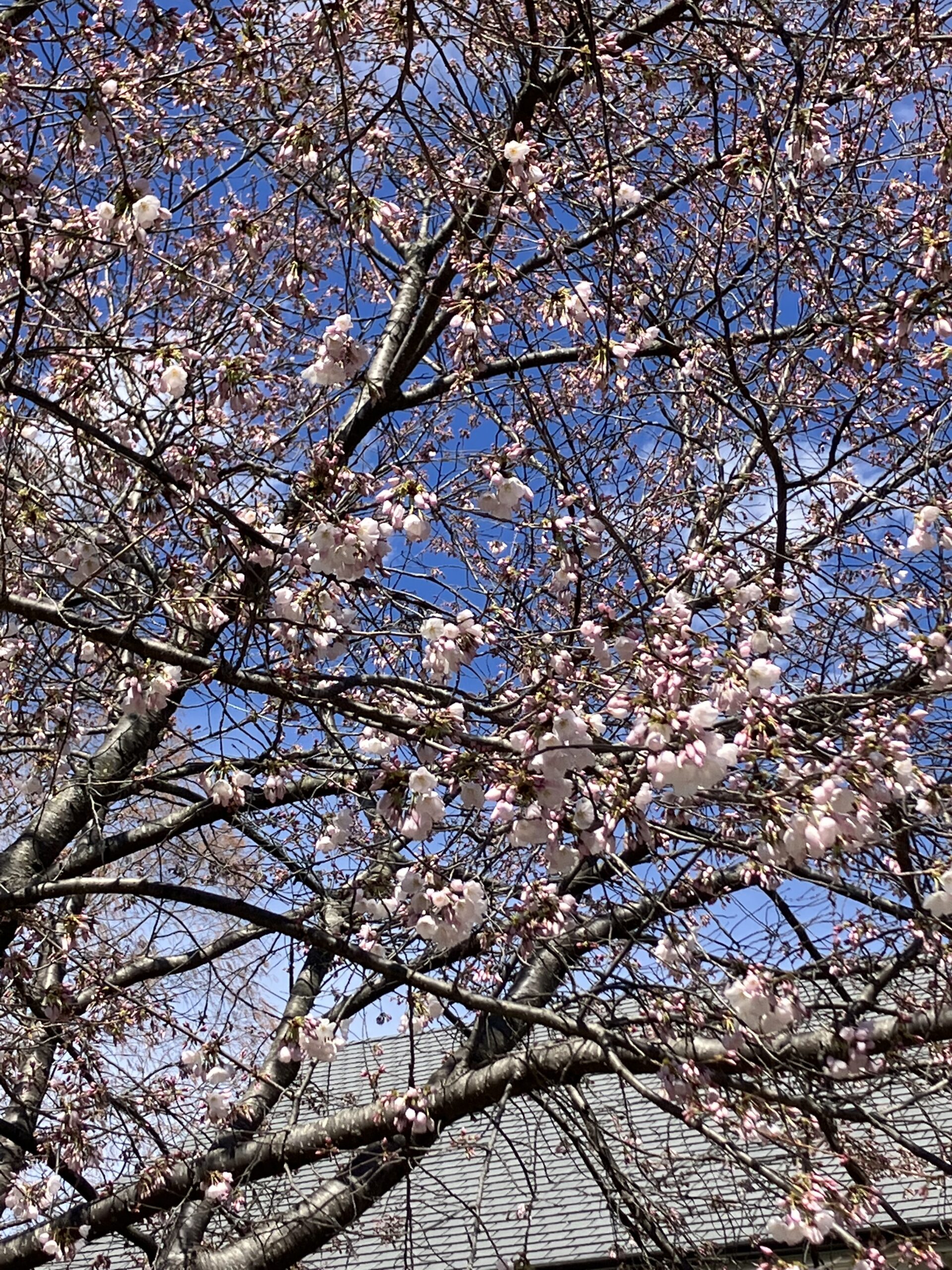(This is going to be a three-part story: I had other projects today and could only finish this second part.)
The newly-rechristened Krait, with the old unreliable engine now replaced, had a full crew at last for Operation Jaywick. A chief engineer, Leading Stoker Paddy McDowell, a WWI Navy veteran, and an assistant engineer, another experienced sailor, Leading Seaman “Cobber” Cain. They also had recruited a radio operator, Leading Telegraphist “Horrie” Young, and a cook: Corporal Andy Crilley, a soldier who was about to be discharged on medical grounds but wanted to stay in the war. Meanwhile Donald Davidson had also selected five men from a pool of naval volunteers that he had personally trained for months in mission-essential skills: the art of silently maneuvering the Folboat canoes in all kinds of water, rappelling, navigation, stalking an enemy, the use of weapons, both bullet and bladed, as well as care of and use of explosives. The five chosen were not just skilled in those deadly arts, but also mature, steady and temperamentally suited for a grueling mission in which teamwork would be essential.
By early August, 1943, the Krait was ready to depart Cairns for Exmouth, on Australia’s western coast, carrying a mixed and eccentric crew of soldiers and sailors … but to where after that, exactly? Only Lyon, Davidson, Page and Carse knew their eventual destination: Lyon because he was overall in charge, and Carse because he was now commander of the deceptively ordinary Krait. The Krait’s four holds were packed jam-full of supplies: basic food and water, including rations sealed into tins which could be cached for the raiding party somewhere on land. Lt. Page had been a third-year medical student before the war, and as such, would be their doctor in a medical emergency. (The medical supplies also included rum, whiskey and gin – for celebrating if the mission was successful, and cyanide tablets in the dire event of failure and capture by the Japanese.)
Read more
